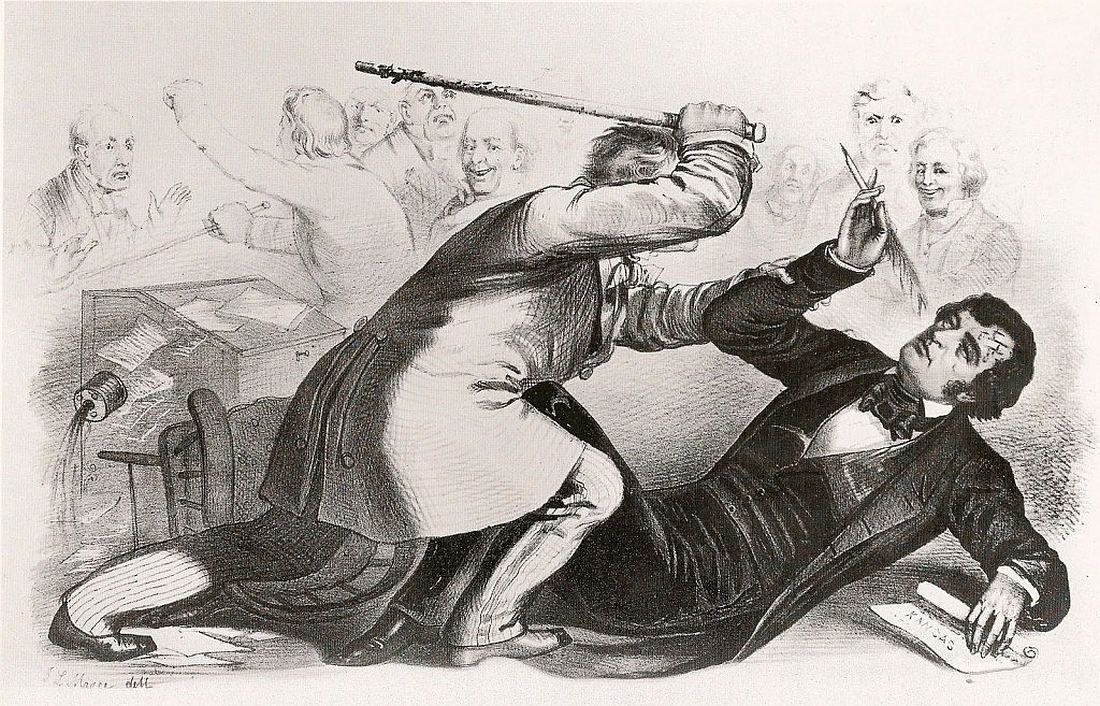It probably isn’t a stretch to suggest that the US is now entrenched in one of the most politically partisan periods of the past century. While we seem to have moved past the era of politically-motivated dueling and cases of Senators attacking each other on the Senate floor, things could be much better. The past decade has been defined by partisanship, and evidence suggests 2016 will continue that trend. 1 What does this mean for voters?
On the surface, we see increased animosity and political vitriol – the ongoing Presidential campaigns offer no help here. Name-calling has become strategy, intra-party compromise seems fleeting, and political rallies foment racism and violence. Somewhat paradoxically, it seems increasingly likely that the many American voters will dislike the candidate they prefer in November. 2
On a deeper and more politically consequential level, Congress continues to disappoint. Congress boasts the highest disapproval rating of any public US institution but individual voters generally have very favorable opinions of their local congressional representatives, reducing legislative turnover and perhaps further reinforcing ill-functioning power structures. Filibusters have become more frequent as each party seeks to stall the other. Passage of new laws is at its lowest point since at least 1973: 3
Now, as ever, the words of George Washington ring true: 4
However [political parties] may now and then answer popular ends, they are likely in the course of time and things, to become potent engines, by which cunning, ambitious, and unprincipled men will be enabled to subvert the power of the people and to usurp for themselves the reins of government, destroying afterwards the very engines which have lifted them to unjust dominion.
Is there hope yet for the American voter?
Perhaps. I still dream of a nation governed by representatives who embody the middle portion of the America’s ideological bell curve rather than its tapering but more outspoken ends. While few, they exist. I admire Senator Susan Collins and Senator Mark Kirk – vocal moderates who endeavor to preserve a sense of bipartisanship within America’s senior legislative body. Yet these individuals seem to have become increasingly rare, often losing reelection to their more extreme competitors.
The solution to this is probably not a third party. Third-party bids for higher office have been extraordinarily unsuccessful for the past century. This is unlikely to change without a dramatic increase in the number of third-party candidates running for lower-level offices (rather than emerging from the woodwork every fourth year to mount a Presidential bid). Instead I retain hope that moderates will continue to seek election, voicing their thoughts and tempering the vitriol of their fellow party members in order to build consensus in the middle. I offer two methods to seek out commendable examples of this behavior; one highlights moderation by our legislators and the other tolerance within our communities.
First – the Lugar Center offers a wonderful analysis of Congressional bipartisanship, ranking Representatives and Senators by their willingness to collaborate across the political aisle. 5 Senators Collins and Kirk rank 1st and 3rd on the Senate list. Seek out your own representatives and senators within the rankings – just how willing are they to compromise?
Second – the Cook partisan voting index (PVI) offers a compelling insight into voting trends within states and individual congressional districts. The Cook PVI represents the percentage by which a state or district “leans” away from the national voting average toward one party or another. A district voting 4% more Republican than the national average would be denoted “R+4.” 6
Common sense dictates that a district voting along partisan lines would elect candidates agreeing with its district-wide lean. This usually proves true, but exceptions exist. Consider Illinois’s 10th District, situated in Chicago’s northern suburbs. It leans D+6 but has elected a Republican representative, Bob Dold. While Representative Dold has a moderate record, I believe more credit for bipartisanship should be accorded to the members of his district, who seem willing to compromise on their own party alignment in order to elect an individual willing to work his cross-party peers in Congress.
Conventional political tradition might balk at this, labeling it a failure of the political process. IL-10… a district whose constituents are not seemingly represented appropriately in Congress by their elected official. Yet I think this is just what we require today. We desperately need moderate political candidates willing to voice unconventional views and work across party lines. Even more vitally, we need a voting populace willing to put aside the letter following a candidate’s name on a ballot, ruling instead on that individual’s potential to contribute to substantive dialogue and progress within the American legislature. Either that, or we continue to resign ourselves to a political era defined by partisanship and the power of the vocal extremes.
Header image: Lithograph of the caning of Charles Sumner on the Senate Floor, courtesy BostInno


